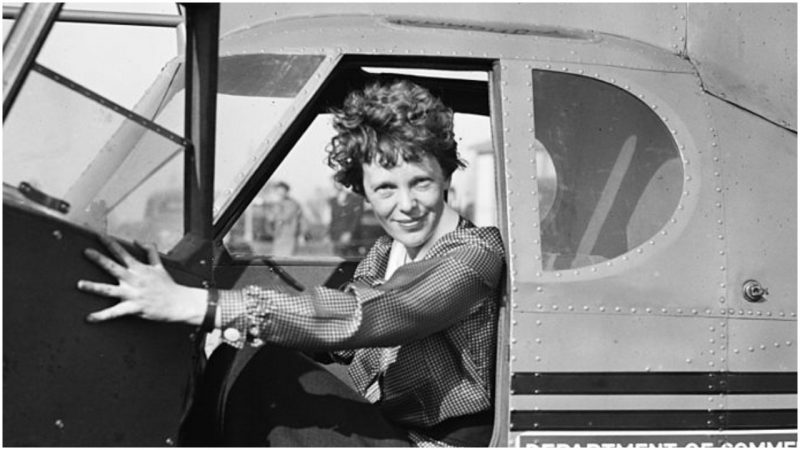Amelia Earhart was so close to completing her ultimate goal when she disappeared on July 2, 1937. The pioneering pilot, along with her navigator, had logged 20,000 miles on her attempt to become the first female to circumnavigate the globe. They had 7,000 miles to go, across the Pacific, when they disappeared.
Did Amelia Earhart crash in the sea or on land? For years, people have speculated on both (and a few crazier) theories. And now a noted forensic anthropologist has re-examined the existing evidence and published his findings, giving credence to the latter theory.
Amelia Earhart was born in Atchinson, Kansas, in 1897, the daughter of a progressive mother who didn’t intend to raise “nice little girls,” allowing Amelia and her sister to wear proto trousers, or as they were called, “bloomers.” The sisters had an adventurous childhood, exploring the nearby woods, climbing trees, going sledding, collecting toads and moths. With her grandfather’s approval, young Amelia fashioned a makeshift rollercoaster in her backyard, which she crashed, telling her sister, “Oh, it’s just like flying!”
In 1920, Amelia’s father bought her a $10 ticket for a 10-minute flight at an airfield in Long Beach, California. “By the time I had got two or three hundred feet off the ground,” she wrote in her 1937 autobiography, chillingly titled Last Flight, “I knew I had to fly.” She took flying lessons, and in 1923 she became the 16th woman in the U.S. to be issued a pilot’s license.
After Charles Lindbergh made history by becoming the first pilot to fly solo across the Atlantic in 1927, Earhart became the first woman to fly in a plane across the Atlantic. But she was a passenger, not the pilot, and the distinction motivated her to prove herself.
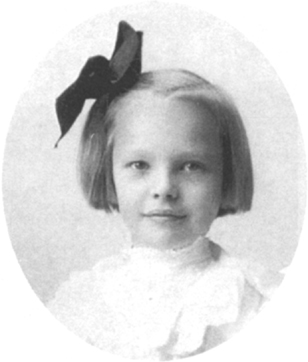
The public, however, didn’t care that she hadn’t been the pilot, calling her “Lady Lindy.” Earhart capitalized on her fame with a lecture tour, the manufacture of a line of “active living” clothing that resisted wrinkles, and the endorsement of many products, including Lucky Strike cigarettes. To raise money to support her expensive flying habit, she even took the title of associate editor at Cosmopolitan magazine. She wrote books. She became active with The Ninety-Nines, a group of female pilots. And in 1931, she relented to six proposals and married her publisher, George P Putnam.
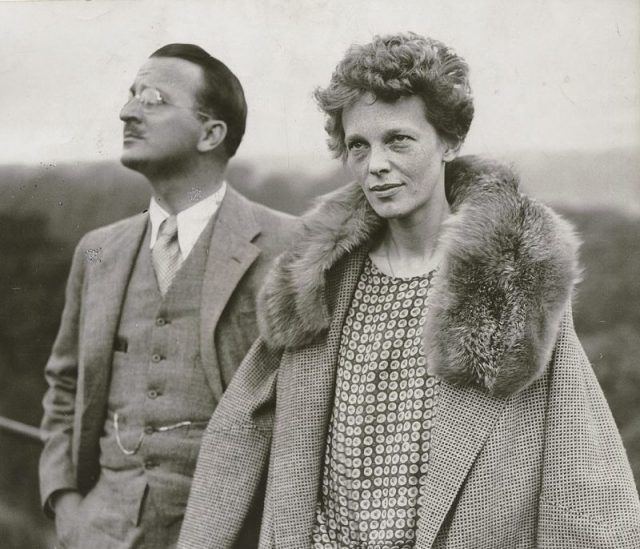
Finally, in 1932 she realized her dream of becoming the first woman to fly solo across the Atlantic. On May 20, Earhart set off from Newfoundland, with the intention of reaching Paris. She dealt with strong winds, icy conditions, and mechanical issues, and landed nearly 15 hours later in Northern Ireland. When a farmhand asked her if she had flown far, she replied, “From America.”
Earhart’s fame shot to stratospheric heights. She won awards of distinction from the U.S. government, the French government, and the National Geographic Society, which President Herbert Hoover presented to her. She made friends with many people in high places, including Eleanor Roosevelt.
Earhart set other records, becoming the first pilot to fly solo from Hawaii to California, and flying from Mexico City to New Jersey. Soon she had her eye on circumnavigating the globe.
Earhart’s first attempt, in March 1937, ended after just the first leg was completed, from Oakland, California, to Honolulu, when a tire blew out on the runway and damaged the plane.
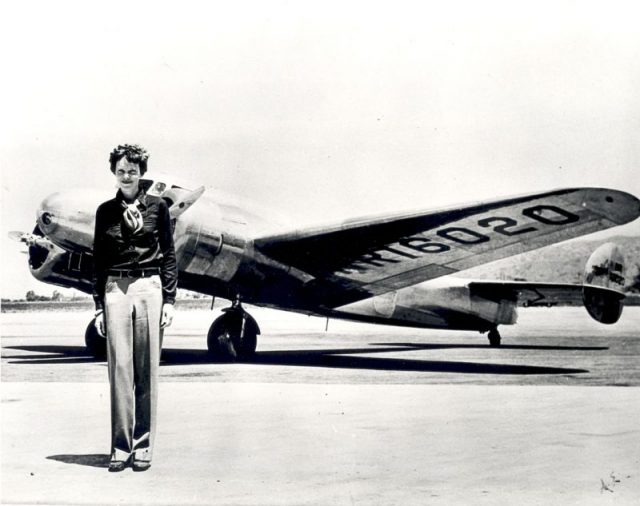
For her second attempt, she flew in the opposite direction, due to changing wind and weather conditions. With Fred Noonan as her navigator and only crew member, Earhart left Oakland, California, on May 20, 1937, for Miami, Florida (with stops along the way), where she announced her intent to circumnavigate the globe. From there, they flow across South America, Africa, India, Southeast Asia, arriving at Lae in New Guinea on June 29, 1937. With 20,000 miles behind them, they had only 7,000 left over the Pacific Ocean.
On July 2, 1937, Earhart and Noonan took off from Lae with the intention of landing on Howland Island. They never made it.
A ship, the USCGC Itasca, was stationed at Howland Island to help Earhart navigate landing her plane.
At 7:42 a.m., she radioed: “We must be on you, but cannot see you–but gas is running low. Have been unable to reach you by radio. We are flying at 1,000 feet” At 8:43 a.m., Earhart reported, “We are on the line 157 337. We will repeat this message. We will repeat this on 6210 kilocycles. Wait.” And a few moments later: “We are running on line north and south.”
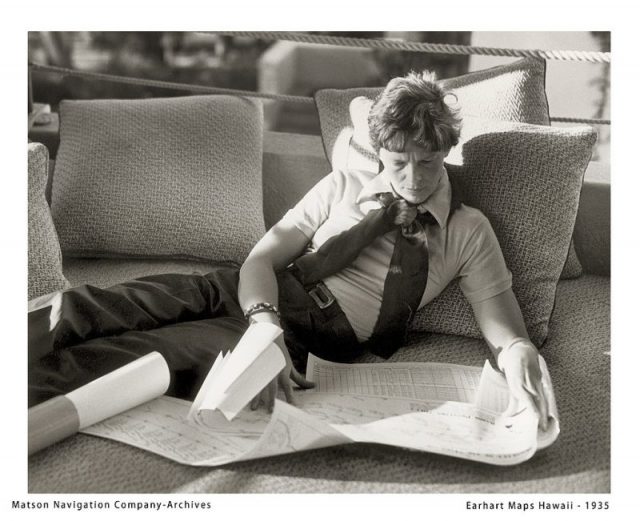
It was the last the world would hear from her.
The Itasca began searching almost immediately. The U.S. Navy and Coast Guard soon joined in. An intensive two-week search cost $4 million, a breath-taking sum in 1937. No evidence was found. Amelia Earhart was declared officially dead on January 5, 1939.
Speculations about Earhart’s disappearance and presumed death sprang up and continue to this day. Many believed that she had simply run out of gas and crashed in the sea surrounding Howland Island. The area has been searched extensively over the years, but it is also vast, stretching more than 1,200 miles in either direction, and vastly deep, reaching depths of 5K, which makes a search like trying to find a needle in an ocean.
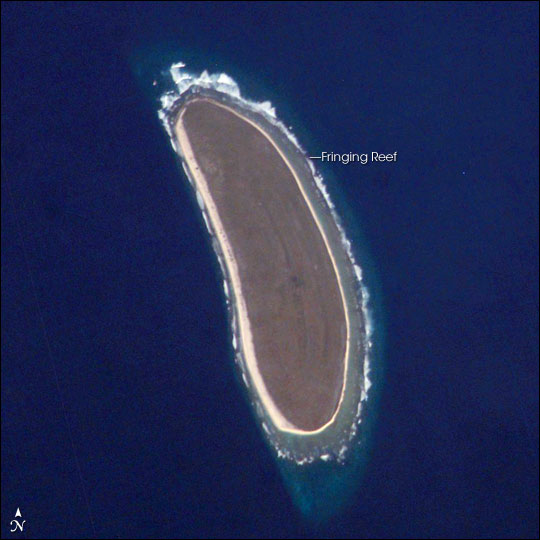
Others thought she and Noonan crash-landed on Gardner Island (now called Nikumaroro), a Phoenix Island south-east of Howland. In 1940, a search party found a human skull and skeleton on the island. The bones were removed to Fiji, where a British doctor, David Hoodless, measured them and concluded that they were the bones of a short, middle-aged man, a presumed castaway. (Earhart’s height had been listed as 5’7’’ or 5’8’’) The bones have subsequently become lost, making a modern study of them impossible.
However, an expert in anthropology recently re-examined Hoodless’s study of the bones. Richard Jantz, the former director of the University of Tennessee’s Anthropology Center, has published an article in the University of Florida’s online magazine Forensic Anthropology stating that the methods Hoodless used for measuring bones in 1940 were “inadequate to his task.”
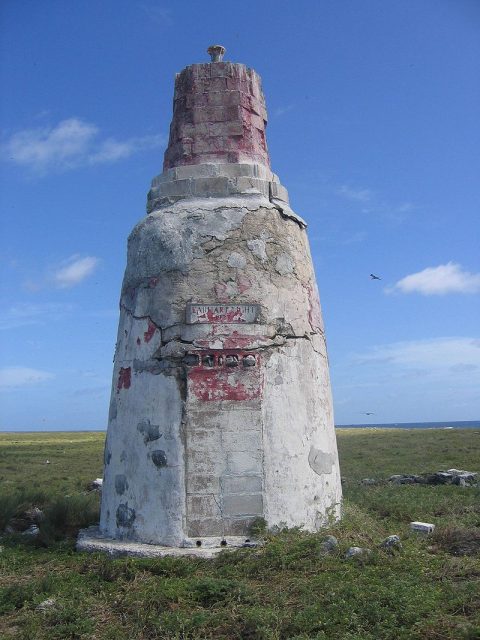
Jantz evaluated the recorded measurements with a more sophisticated formula, compared them with measurements of 2,700 skeletons from Earhart’s era, and concluded that her bone length—as estimated from photographs—more closely resemble the found bones than “99% of the reference sample.” In summary, Jantz wrote that his observation “strongly supports the conclusion that the Nikumaroro bones belonged to Amelia Earhart.”
The intriguing finding is unlikely to put the mystery of Earhart’s disappearance to rest, however. Without indisputably conclusive evidence, it may simply be too tempting to keep the amazing aviatrix alive in our imaginations.
